Japan's economy watchers index in September advanced to 47.1 with the future index rising to 48.5. The current index rose month-to-month by four-tenths of a percentage point while the future index rose by a full diffusion point.
The Current Index In September, among the 9 detailed categories, all but three of them improved in the current index, in August all but two had improved, and in July all but four had improved.
Sequential changes- The sequential changes on the current index shows that over three months the headline and all components improved, over six months the headline and all components also improved, but over 12 months only two components improved and the headline falls back by about nine-tenths of one-point. Improving over 12 months are only the assessments for services and for housing
Rankings- The ranking statistics for the current index show only two components below a rank-value of 50%, which means only two components are below their respective medians on data back to 2004. However, the current readings show the headline and all components below diffusion values of 50 in September, indicating contraction both overall as well as in each category. This combination of observations is a stark reminder of how weak Japan’s economy has been, that contracting diffusion values are above their medians. In the case of housing with a 73.5 percentile standing – a standing that, on its own seems quite solid, corresponds to a monthly diffusion value at 49. Housing diffusion has been stronger than a diffusion value of 49 only about 27% of the time (over the past 21-years).
The Future Index The future responses are similar in nature to the current responses. Recent diffusion values have mostly been improving monthly. Only two were weaker in September, compared to four in August and none in July. The future index, however, has two September readings above diffusion values of 50: for eating & drinking places and for nonmanufacturers. In August services read above a 50 diffusion value (even as the weaken month-to-month) and in July three component responses are above 50.
Sequential changes- Over three months all components improve except employment; that result is replicated over six months. Over 12 months only three categories are improving: eating & drinking, housing, and nonmanufacturing.
Rankings- Only two sectors rank below 50% (below their respective medians) in September; those two are services and employment expectations). The headline standing is above 50% at 50.2%, unlike for the current reading where the headline standing is at 48.2%. However, we once again see that 5 sector readings in the future survey have diffusion values in September below 50 but are above their respective medians. The same is true of the headline for the future index. The median phenomenon has been a moderate contraction over the last 21 years.


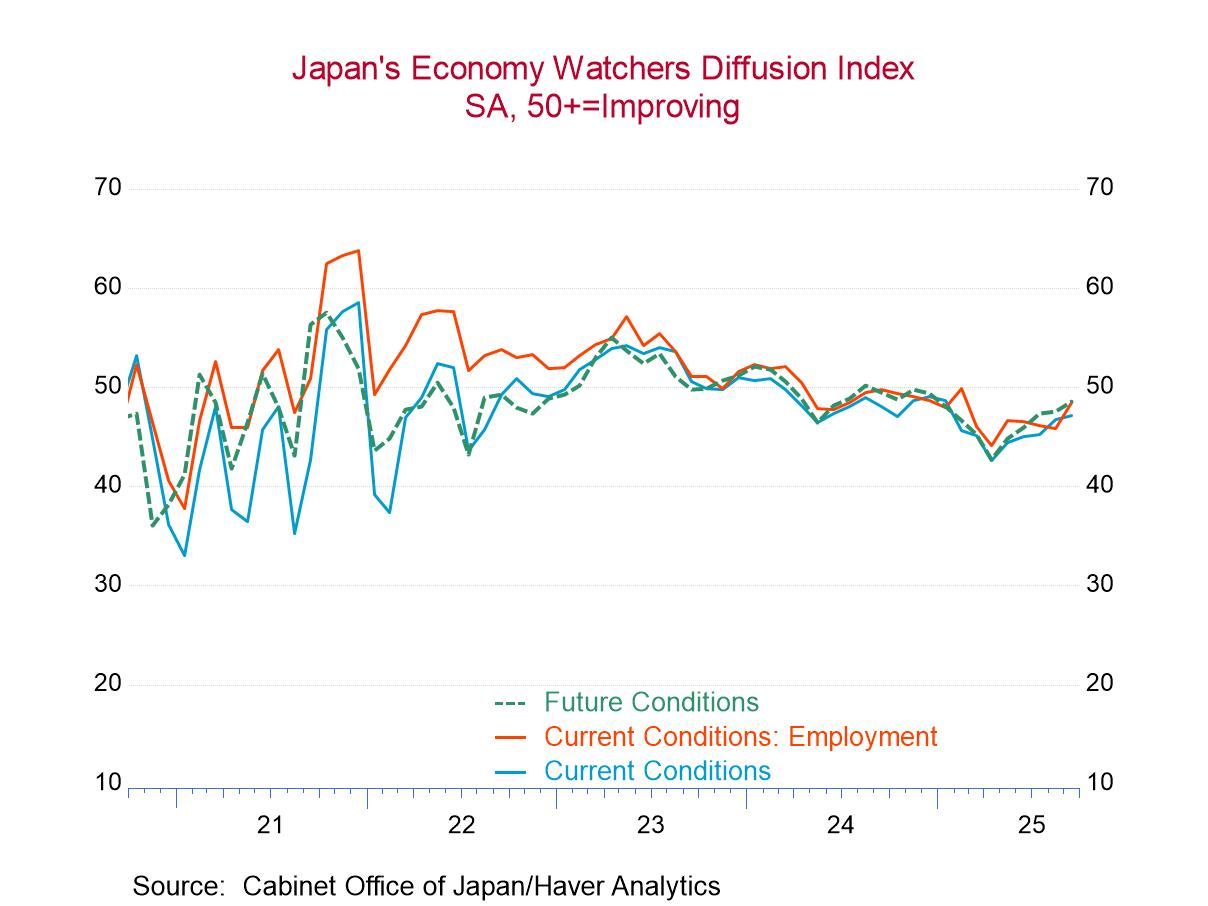
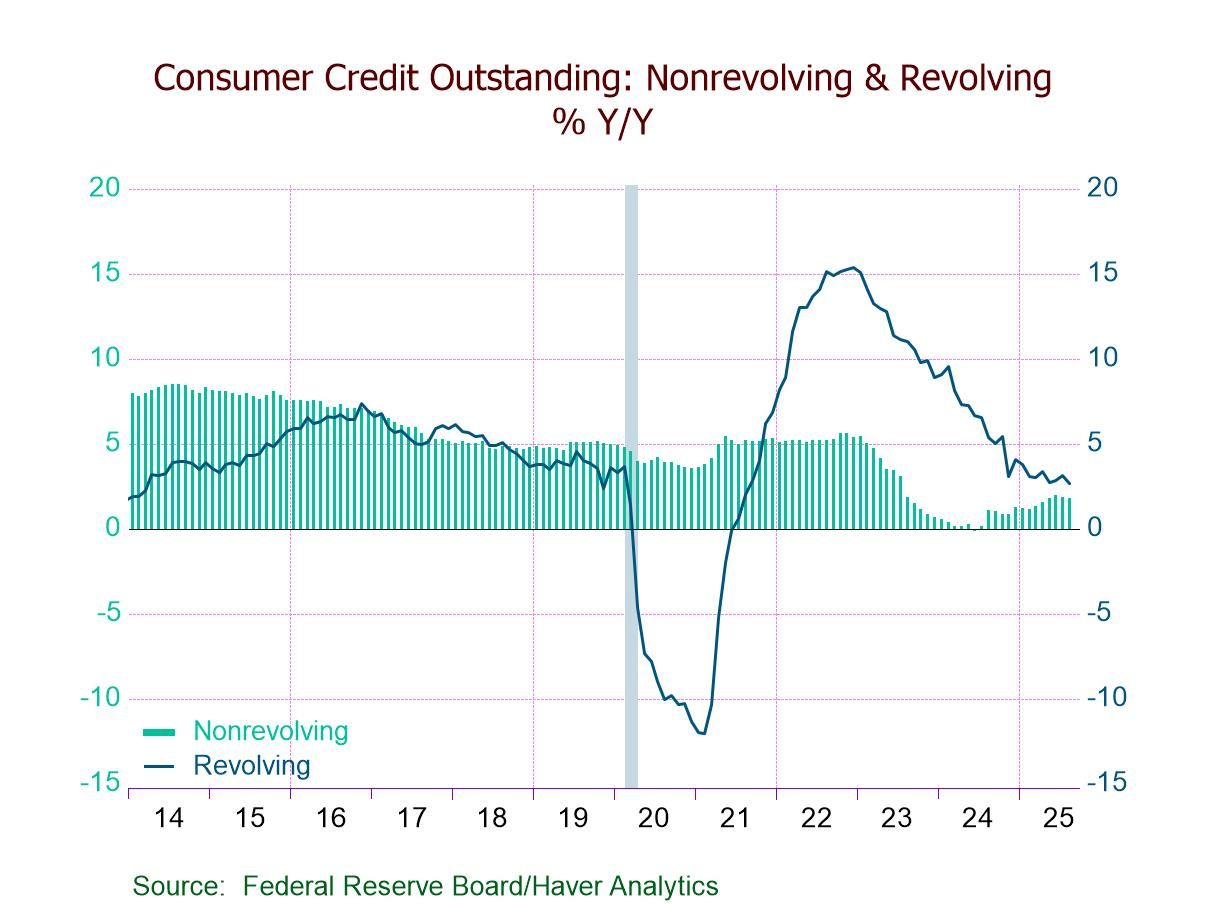
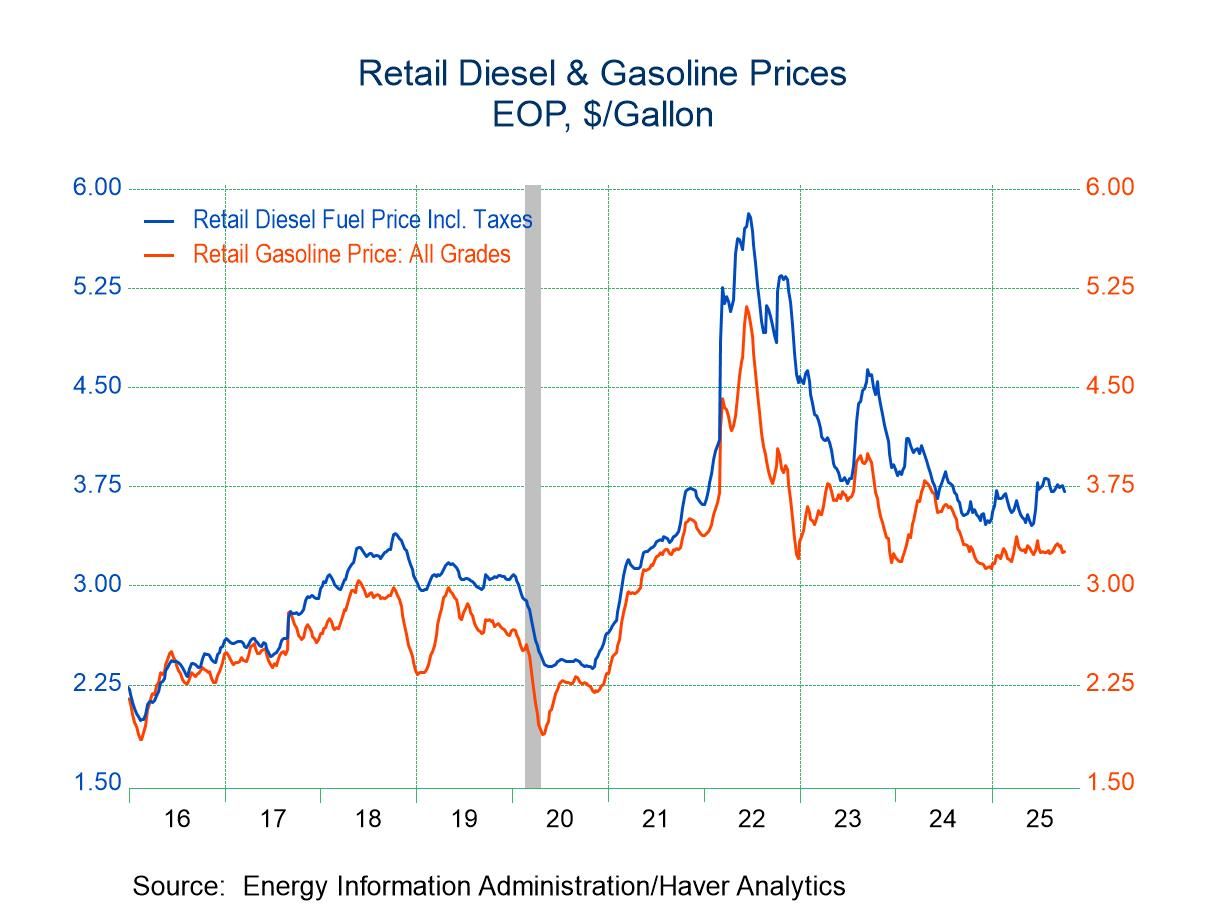
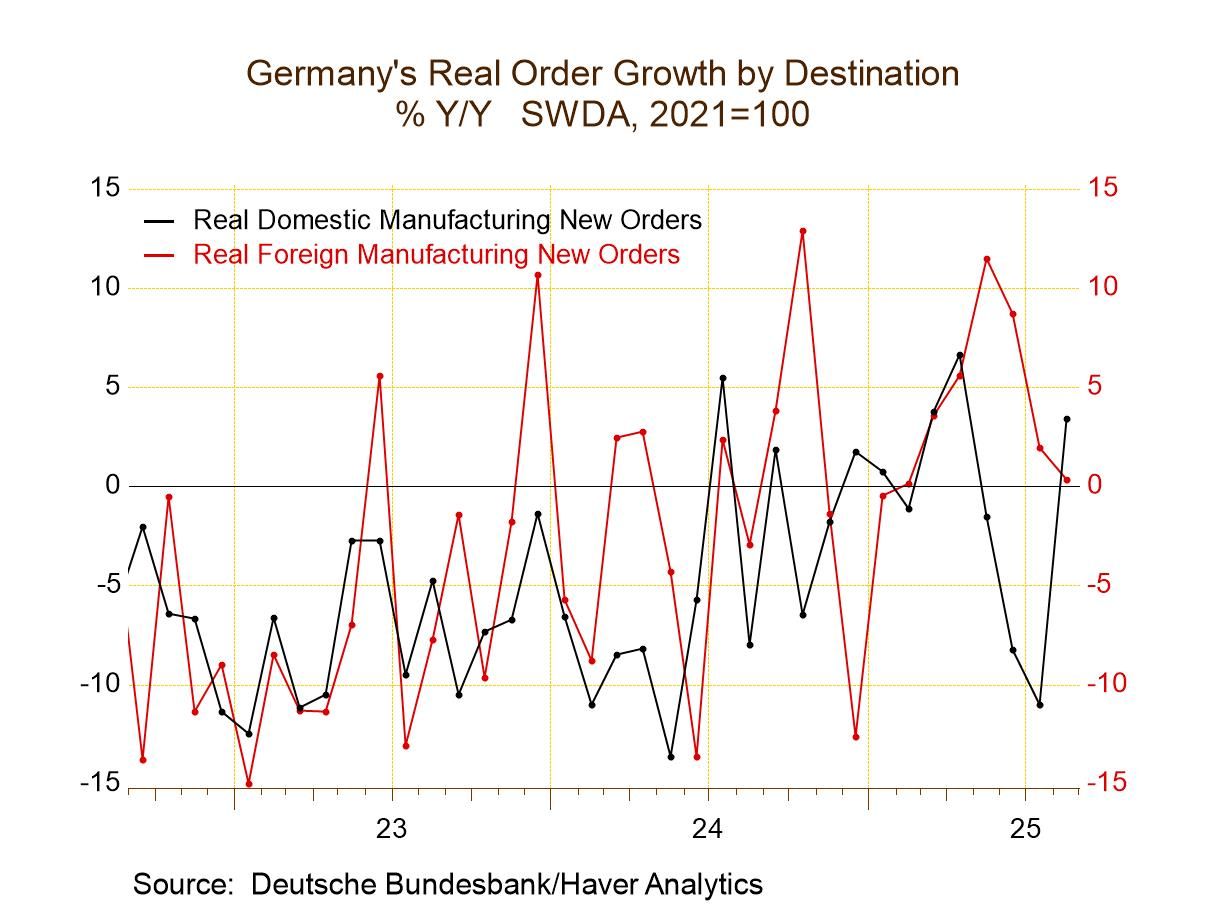
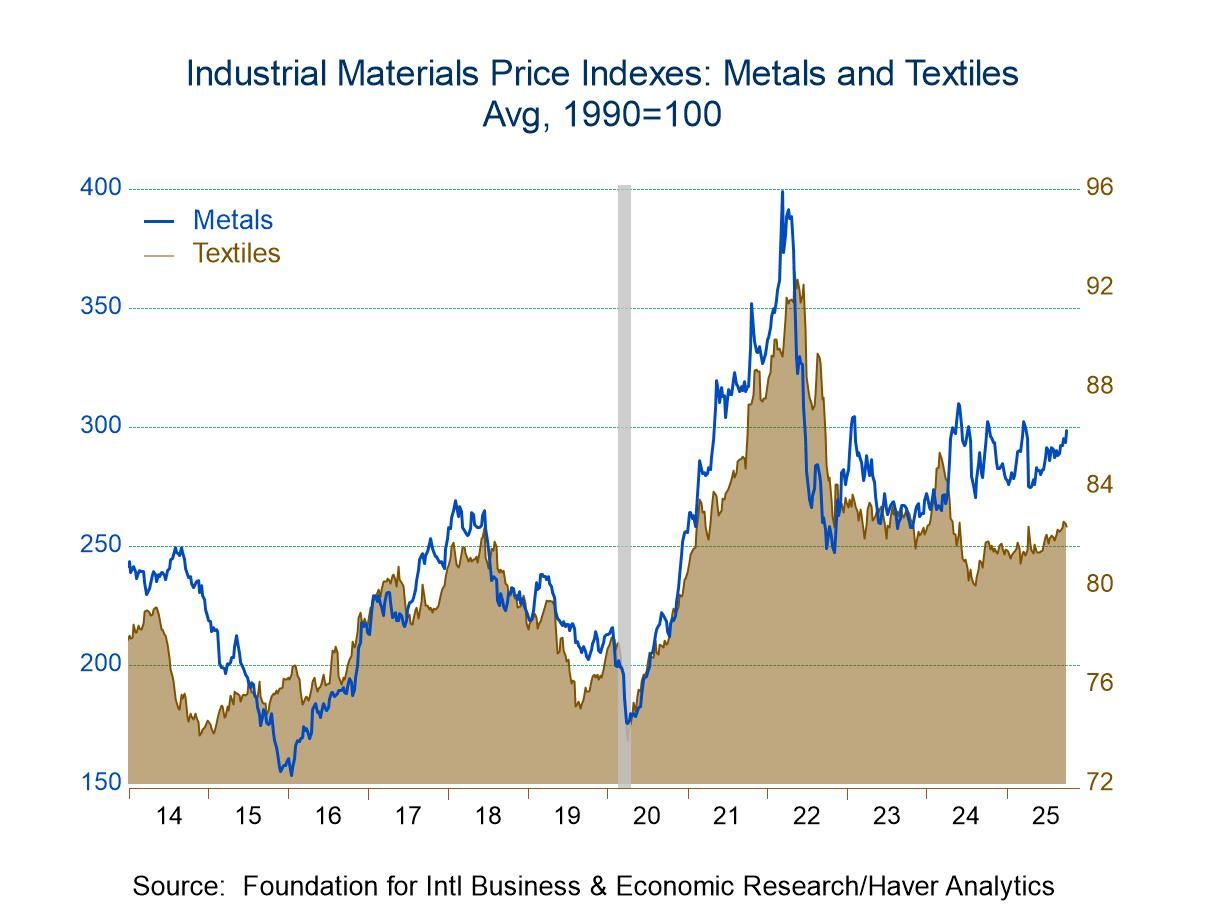
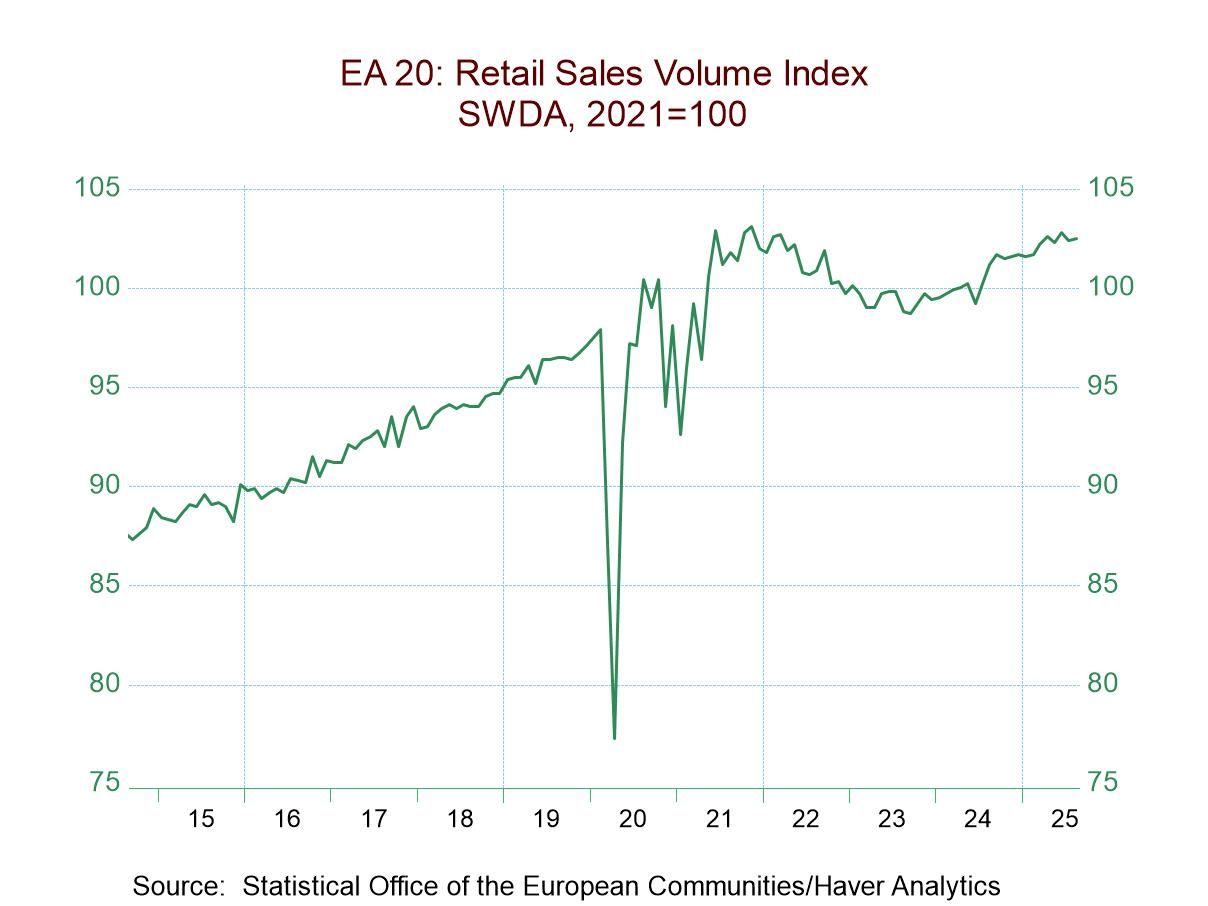
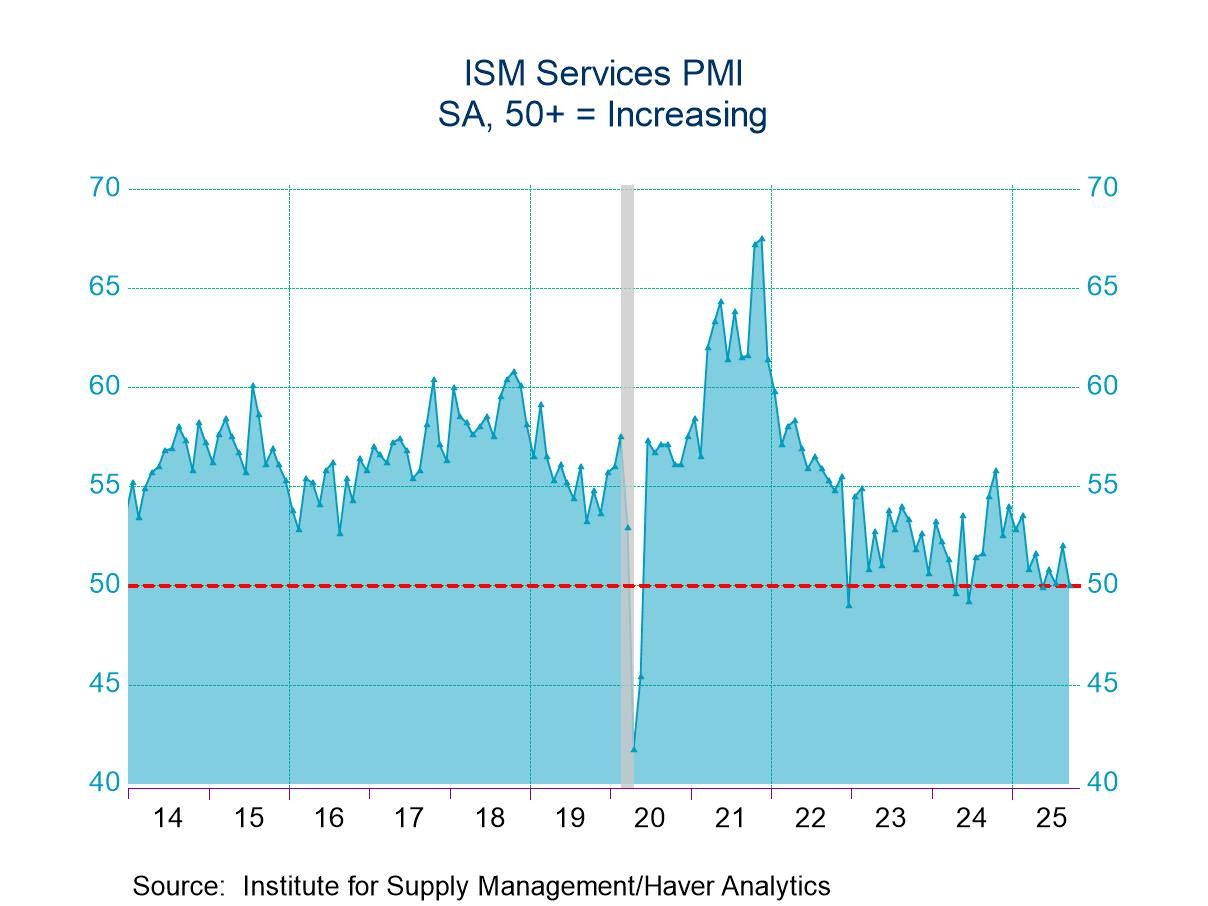
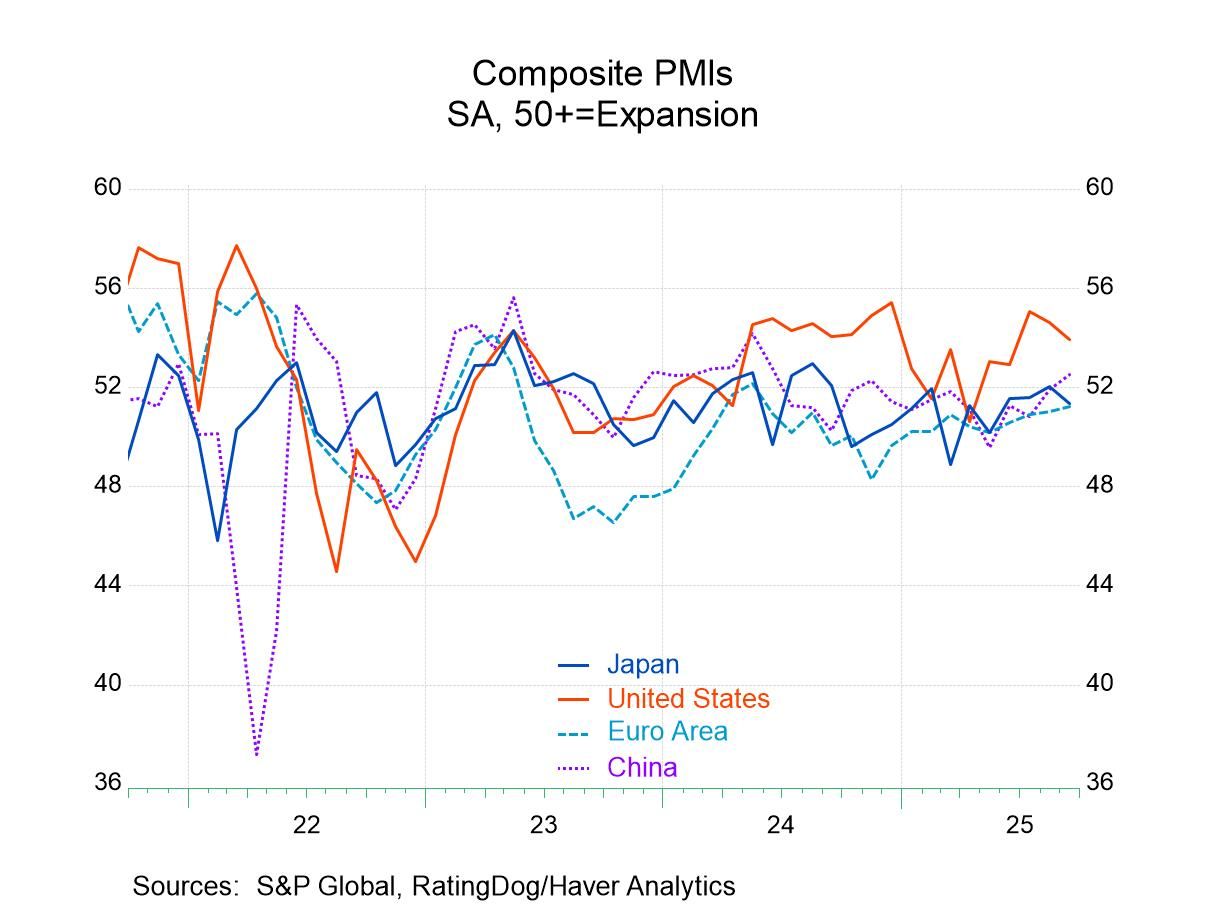
 Global
Global